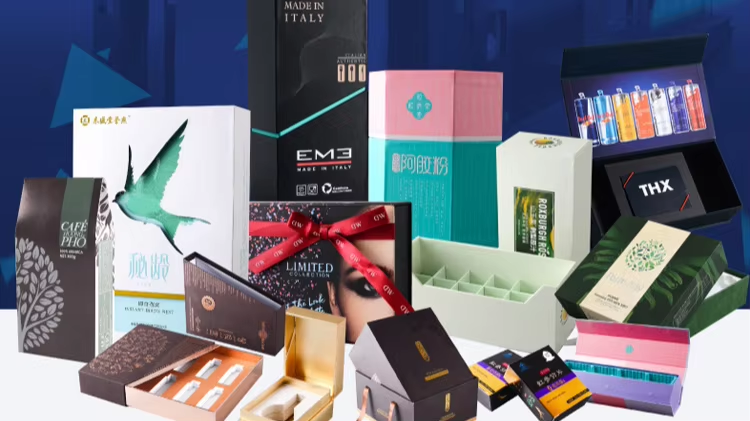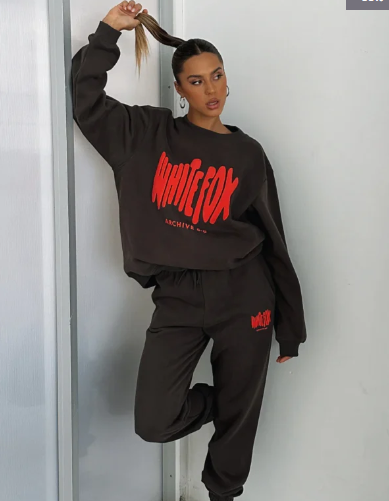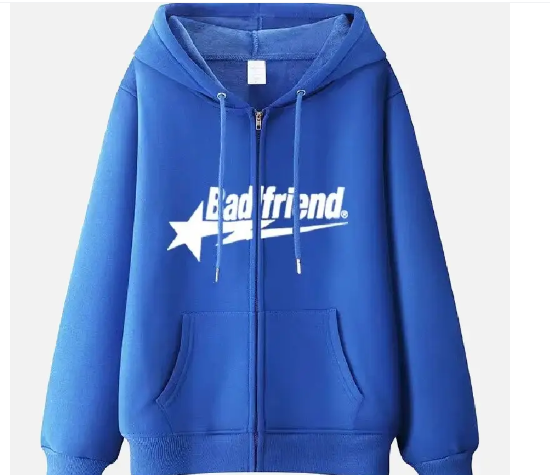In today’s competitive retail environment, the presentation of products is just as important as the product itself. Innovative wrapping trends are taking center stage, offering retailers the chance to impress customers with unique packaging solutions. From sustainable materials to interactive designs, modern retail packaging is continuously evolving. Let’s explore the latest trends in wrapping that can enhance the retail experience.
Sustainable Wrapping Materials: A Shift Toward Eco-Friendly Options
Sustainability is no longer just a buzzword. Retailers and consumers alike are shifting their focus toward eco-friendly wrapping options. The demand for packaging that reduces environmental impact is on the rise, and brands are responding with innovative solutions.
Retailers are now opting for biodegradable, compostable, and recyclable materials. Some of the most popular choices include:
- Recycled paper: Used for wrapping and packaging, it offers a rustic yet professional look.
- Bamboo fiber: This natural material is lightweight, durable, and sustainable.
- Cornstarch packaging: A biodegradable option that can break down in compost settings.
The shift toward sustainable wrapping also extends to ink and printing methods. Soy-based inks, which are less harmful to the environment, are increasingly replacing traditional inks. Brands that choose these methods send a clear message: they care about the planet and their customers.
Personalized Wrapping: Tailoring the Experience
Personalization is key in modern retail. Shoppers are increasingly drawn to brands that offer a unique and tailored experience. Personalized wrapping adds an extra layer of connection between the brand and the customer.
Retailers are now offering custom designs, personalized messages, and even the customer’s name on the wrapping. This trend helps create memorable unboxing experiences that customers are likely to share on social media, amplifying the brand’s reach.
Some ideas for personalized wrapping include:
- Adding the customer’s name to the package
- Including a personalized message for special occasions
- Customizing the design based on the customer’s preferences
The use of custom retail boxes also fits well into this trend, allowing retailers to create a unique, branded packaging experience. It enhances the customer’s connection with the product and creates a lasting impression.
Minimalist Wrapping: Less is More
The minimalist trend continues to dominate modern wrapping designs. Simplicity in packaging reflects elegance and sophistication. Retailers are leaning toward clean, straightforward designs with fewer elements, allowing the product to shine.
Minimalist wrapping is characterized by:
- Solid colors or subtle tones
- Limited text or graphics
- Clean lines and simple shapes
This approach appeals to a wide range of consumers, especially those who appreciate high-end, luxury products. The packaging itself becomes a statement of quality and refinement.
One of the advantages of minimalist wrapping is that it reduces material usage. Retailers can save costs while delivering a sleek and modern look. Additionally, minimalist designs often create a sense of exclusivity, making customers feel they are purchasing something special and unique.
Interactive Wrapping: Engaging Customers in New Ways
Interactive packaging is a growing trend in the retail world. Brands are using wrapping to engage customers, making the packaging experience more than just functional. This trend involves incorporating elements like QR codes, augmented reality (AR), or hidden messages that customers can discover as they unwrap their products.
Some ways to incorporate interactivity include:
- QR codes leading to exclusive online content
- Packaging that transforms into a functional item, like a display stand or reusable bag
- Hidden messages or graphics revealed only upon unwrapping
These interactive elements not only entertain customers but also create opportunities for further engagement. For instance, scanning a QR code might lead customers to promotional offers or brand stories. This enhances the overall experience and encourages repeat purchases.
Reusable Wrapping Solutions: The Rise of Functional Packaging
In response to the sustainability movement, retailers are focusing on packaging that serves a dual purpose. Reusable wrapping solutions are becoming a popular trend in modern retail. Customers can use the packaging long after they’ve unwrapped the product, adding value beyond its primary function.
Examples of reusable wrapping include:
- Cloth wrapping, which can be used as a bag or storage solution
- Wooden or metal boxes, which serve as keepsakes or storage containers
- Drawstring bags that can be repurposed for other uses
This trend not only reduces waste but also strengthens brand loyalty. Customers are likely to appreciate packaging that serves a secondary purpose, which can lead to stronger brand attachment.
Transparent Wrapping: Showcasing the Product
Transparency is another wrapping trend gaining popularity in modern retail. Transparent packaging allows customers to see the product without unwrapping it, creating a sense of trust and authenticity.
Clear windows or fully transparent wrapping are often used for products that rely on visual appeal, such as:
- Beauty products
- Jewelry or accessories
- Food items
This trend is especially effective for products that are visually striking or artisanal. It allows customers to appreciate the product’s quality and design before making a purchase. Transparent wrapping can also enhance the product’s appeal by showcasing it in its best light, creating an immediate connection between the customer and the product.
Textured Wrapping: Adding a Tactile Experience
Texture plays a crucial role in modern wrapping trends. Brands are incorporating textured materials to create a more engaging sensory experience. Touch is a powerful sense, and textured wrapping can enhance the customer’s interaction with the product.
Some popular textured materials include:
- Embossed paper
- Velvet or suede finishes
- Corrugated cardboard
Textured wrapping adds depth and interest to the packaging, making it stand out on the shelf. It also creates a luxurious feel, which is ideal for high-end products. Customers are more likely to remember and engage with a product that offers a tactile experience, adding another layer of appeal to the brand.
Seasonal and Themed Wrapping: Aligning with Events
Seasonal and themed wrapping is a trend that allows retailers to align their packaging with holidays, special events, or limited-edition products. This type of wrapping helps create excitement and urgency around the product.
For example, retailers can use:
- Festive wrapping for holidays like Christmas or Halloween
- Floral designs for spring or summer collections
- Limited-edition packaging for special promotions
By offering seasonal or themed wrapping, retailers can create a sense of exclusivity and encourage customers to make purchases during specific times of the year. This type of wrapping also makes the product feel more thoughtful and intentional, enhancing the overall customer experience.
Multi-Layered Wrapping: Enhancing the Unboxing Experience
The unboxing experience has become an important part of the modern retail experience. Multi-layered wrapping adds a sense of anticipation and excitement as customers reveal the product layer by layer.
This trend involves using several layers of packaging, each with its own unique design or purpose. For example:
- An outer layer that protects the product during shipping
- A middle layer that adds visual appeal or includes branding
- An inner layer that offers a surprise element or personalized message
Multi-layered wrapping can transform a simple unboxing into a memorable experience. It encourages customers to share their unboxing moments on social media, further promoting the brand. This approach works well for luxury or high-end products, where the packaging plays a key role in building anticipation and excitement.
Conclusion
Innovative wrapping trends for modern retail products are more than just functional; they play a key role in shaping the customer experience. From sustainable materials and minimalist designs to interactive elements and reusable solutions, the possibilities for creative packaging are endless. As the retail landscape continues to evolve, staying ahead of these trends will help brands create memorable experiences and build lasting customer relationships.




